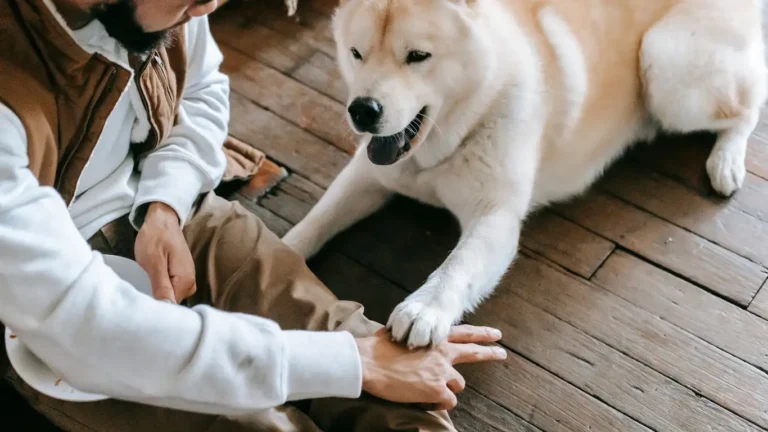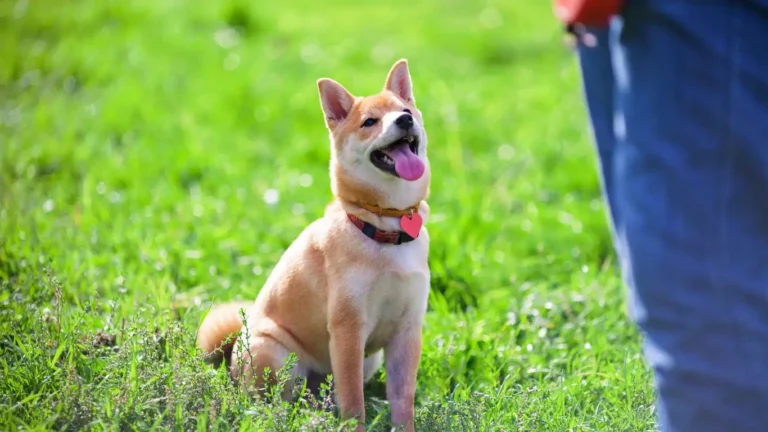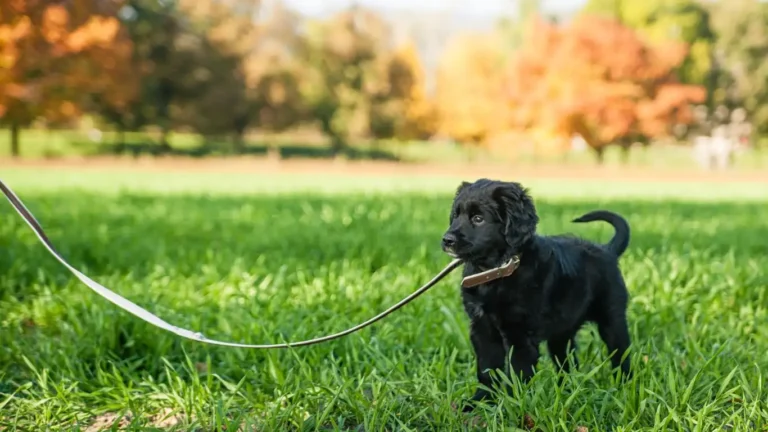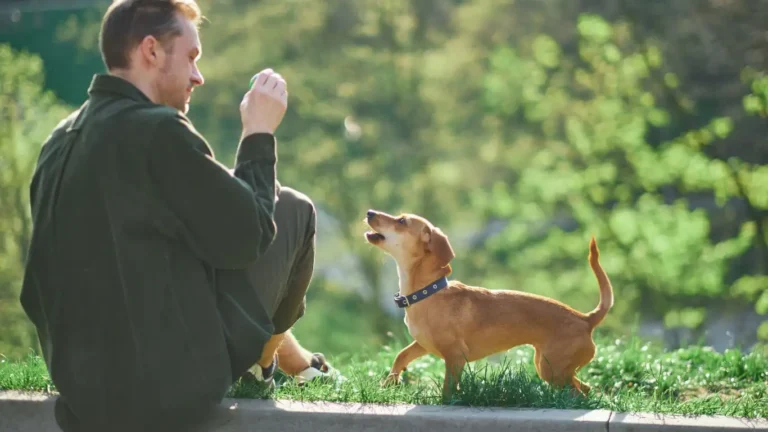Effective Tips to Train a Dog to Not Dig in the Yard Quickly
Training a dog to not dig in the yard can sometimes feel like an uphill battle, especially when your furry friend views the soil as their personal playground. From my years as a Canine-Assisted Therapy Trainer, I’ve seen countless dog owners struggle with this exact issue. Digging isn’t just a bad habit—it’s often a sign of boredom, anxiety, or even instinct. So, how do you turn this messy habit around without stressing out either you or your pup? Let’s dive into some practical, tried-and-true tips on how to train a dog to not dig in the yard that really work, based on both science and hands-on experience.
Understanding Why Dogs Dig: The First Step to Training Success
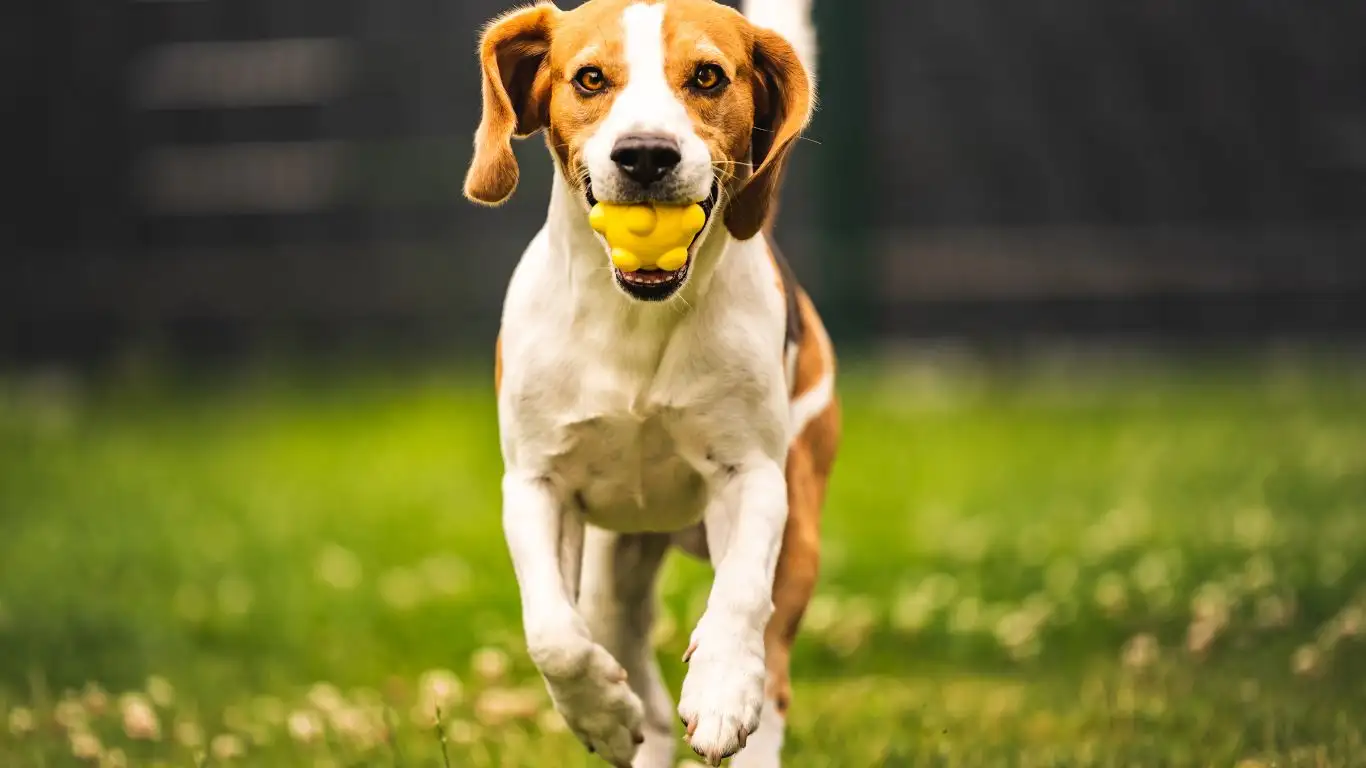
Before you jump into training, it’s super important to get inside your dog’s head. Digging isn’t just random destruction; it’s a behavior with roots in natural instincts and emotional needs. I always tell my clients, “Fix the cause, not just the symptom.” That means understanding why your dog is digging is key to teaching them to stop.
Common Reasons Dogs Dig in the Yard
- Boredom: Dogs with excess energy and not enough mental or physical stimulation often dig to entertain themselves.
- Stress and Anxiety: Changes in environment, loud noises, or separation anxiety can trigger digging as a coping mechanism.
- Instinctual Behavior: Certain breeds like Terriers and Dachshunds are natural diggers, bred to hunt burrowing animals.
- Temperature Regulation: Dogs might dig to create a cool spot on hot days or shelter on cold ones.
- Attention Seeking: Sometimes, dogs dig because they know it gets a reaction from their owners.
Recognizing which reason fits your dog’s digging habit will help you choose the right approach. In my experience, combining this insight with consistent training works wonders.
Effective Techniques for Training Your Dog to Stop Digging

Now that you have a clearer picture of why your dog might be digging, let’s talk about the best ways to train them out of this habit. Remember, patience and consistency are your best friends here. From personal experience, punishing a dog harshly for digging usually backfires and can damage your relationship.
Redirect Their Energy
Dogs often dig because they’re full of energy and don’t know what else to do with it. One of my go-to strategies is providing plenty of exercise and mental stimulation.
- Make daily walks longer or add a run.
- Introduce puzzle toys or treat-dispensing games to keep their brain busy.
- Designate a digging zone: create a specific area where your dog is allowed to dig freely. Praise and reward them when they use it.
Use Positive Reinforcement
From training therapy dogs, I learned that positive reinforcement beats punishment every time. When your dog chooses to play without digging or uses the digging zone, reward them immediately with treats, praise, or playtime. This builds a strong association between good behavior and positive outcomes.
Make the Yard Less Appealing for Digging
Sometimes, a few simple environmental tweaks can discourage digging:
- Fill existing holes with rocks or chicken wire under the soil.
- Use safe deterrents like citrus peels or vinegar in problem spots—dogs generally dislike these smells.
- Consider motion-activated sprinklers if the digging is persistent and localized.
Consistency Is Key: Building Lasting Change
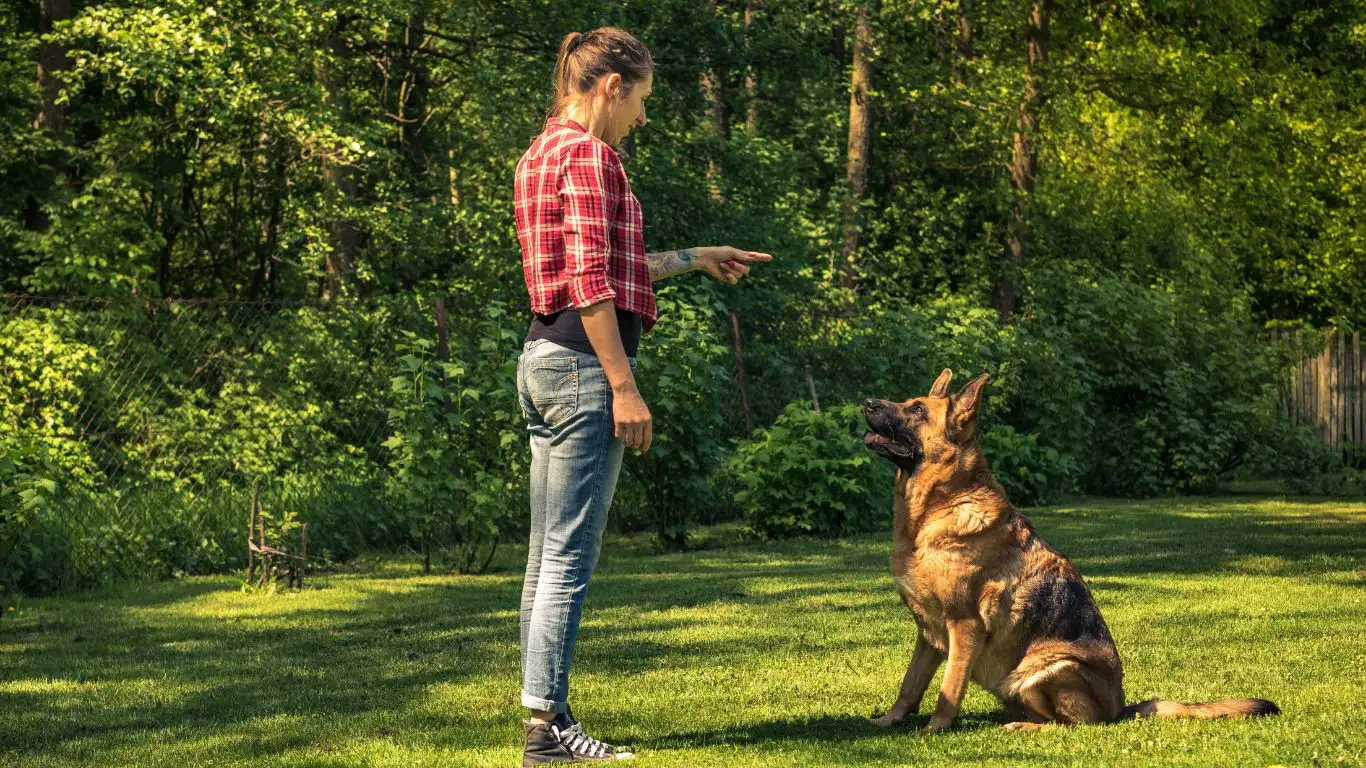
One thing I can’t stress enough from my experience as a Canine-Assisted Therapy Trainer is that consistency is absolutely everything when it comes to teaching your dog how to not dig in the yard. Dogs thrive on routine and clear expectations. When your approach is steady and predictable, your dog learns much faster—and the results stick around longer.
Set Clear Rules and Boundaries
If you’re letting your dog dig in one part of the yard but scolding them in another, it’s a confusing mixed message. Decide where digging is acceptable (like a designated digging pit) and where it’s not, then be unwavering about those boundaries. This helps your dog understand exactly what you expect from them.
Use Consistent Commands and Cues
Whenever you catch your dog digging where they shouldn’t, use a clear and calm command like “No dig” or “Leave it.” Always follow up by redirecting their attention to an appropriate activity. Over time, they’ll start associating the command with stopping the digging behavior.
Involve the Whole Family
One of the biggest hurdles I’ve seen in training is when only one person is consistent. If everyone in the household isn’t on the same page, your dog gets mixed signals and training stalls. Make sure everyone understands the plan and sticks to it, whether it’s saying the same commands or enforcing the same rules.
Environmental Enrichment: Keep Your Dog Engaged

In my work, I’ve learned that boredom is one of the biggest drivers behind digging. When dogs are left alone without stimulation, their natural curiosity and energy often take the form of digging up the yard. Providing enrichment isn’t just a luxury—it’s a necessity.
Introduce New Toys and Games Regularly
Keep your dog’s brain and body busy with a rotating stash of toys and games. From treat puzzles to interactive fetch toys, these tools can help satisfy their need for mental challenge and physical activity. I like to change things up frequently because dogs get bored with the same toys just like we get tired of the same shows.
Training Sessions as Mental Workouts
Training isn’t just about obedience; it’s also a way to engage your dog’s mind and build your bond. Short, fun sessions focused on commands or tricks help tire out your dog mentally and reduce digging impulses. Plus, it’s a great way to sneak in some quality time together!
Create a Stimulating Yard Environment
Adding different textures and elements to your yard can help your dog explore without digging. For example, planting safe shrubs, adding mulch beds, or setting up obstacle courses can keep your pup entertained while protecting your garden. I’ve found that dogs love sniffing and exploring new scents and surfaces, which can distract them from digging.
Addressing Anxiety-Driven Digging

Sometimes, digging is a symptom of deeper emotional stress, like separation anxiety or general nervousness. From my experience working with therapy dogs, emotional well-being is just as important as physical training when it comes to behavior issues.
Recognize the Signs of Anxiety
If your dog digs mainly when you’re not home or during loud noises like thunderstorms, anxiety could be the root cause. Other signs include pacing, excessive barking, or destructive behaviors. Understanding this helps you approach the problem with compassion and targeted strategies.
Provide Comfort and Security
Creating a safe, calm space for your dog can reduce anxiety-driven digging. This might mean leaving on calming music, using anxiety wraps, or even pheromone diffusers designed to soothe nervous dogs. When your dog feels secure, the digging urges often lessen significantly.
Consider Professional Help When Needed
If anxiety is severe or persistent, don’t hesitate to consult a veterinary behaviorist or certified trainer. I’ve worked alongside many professionals who use a combination of behavior modification, enrichment, and sometimes medication to help dogs overcome anxiety-related behaviors. Remember, seeking help is a sign of strength and care, not failure.
Practical Tips to Prevent Digging Before It Starts
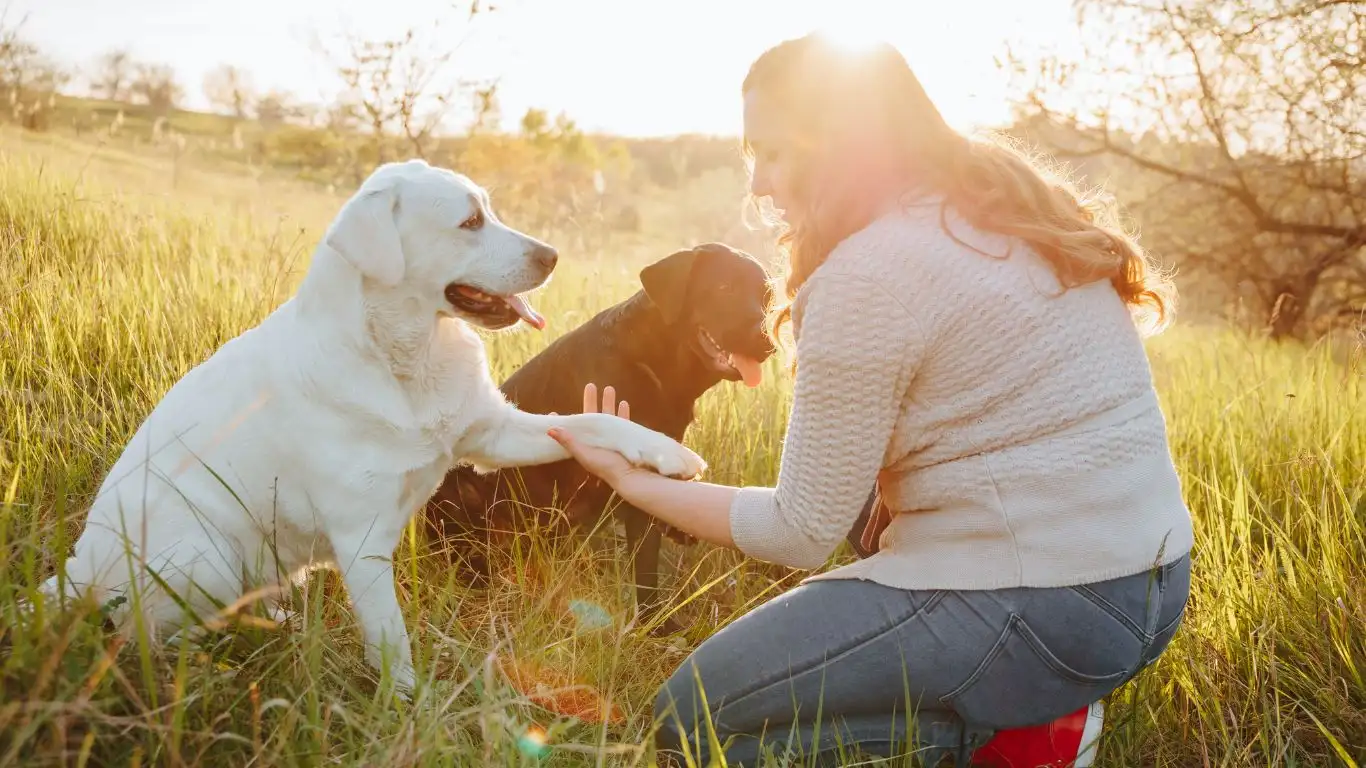
One thing I’ve learned from countless training sessions is that prevention is often easier than correction. If you can catch the digging urge before it starts, you save yourself a lot of headaches (and a mess to clean up). Here are some simple, practical ways to set your dog—and your yard—up for success.
Keep Your Dog Tired and Happy
It sounds obvious, but a tired dog is a less destructive dog. When your pup comes home from a good run or a lively play session, they’re much less likely to channel their energy into digging. I always encourage dog owners to think about exercise like a prescription—make it part of your daily routine and watch the digging disappear.
Create a Designated Digging Spot
Rather than trying to eliminate digging entirely (which is tough with some breeds), give your dog a special place where it’s okay to dig. I usually recommend a sandbox or a patch of loose soil, and I help owners make it a fun zone by hiding toys or treats there. When dogs have this outlet, they often stop digging elsewhere.
Supervise and Interrupt Early
When your dog is outside, try to keep an eye on them—especially if they’re known diggers. As soon as you see any pawing or nose-down behavior, interrupt gently with a call or a distraction. Then redirect their attention to a toy or an activity. This kind of early intervention is key in reprogramming the habit.
Using Tools and Aids to Help Curb Digging
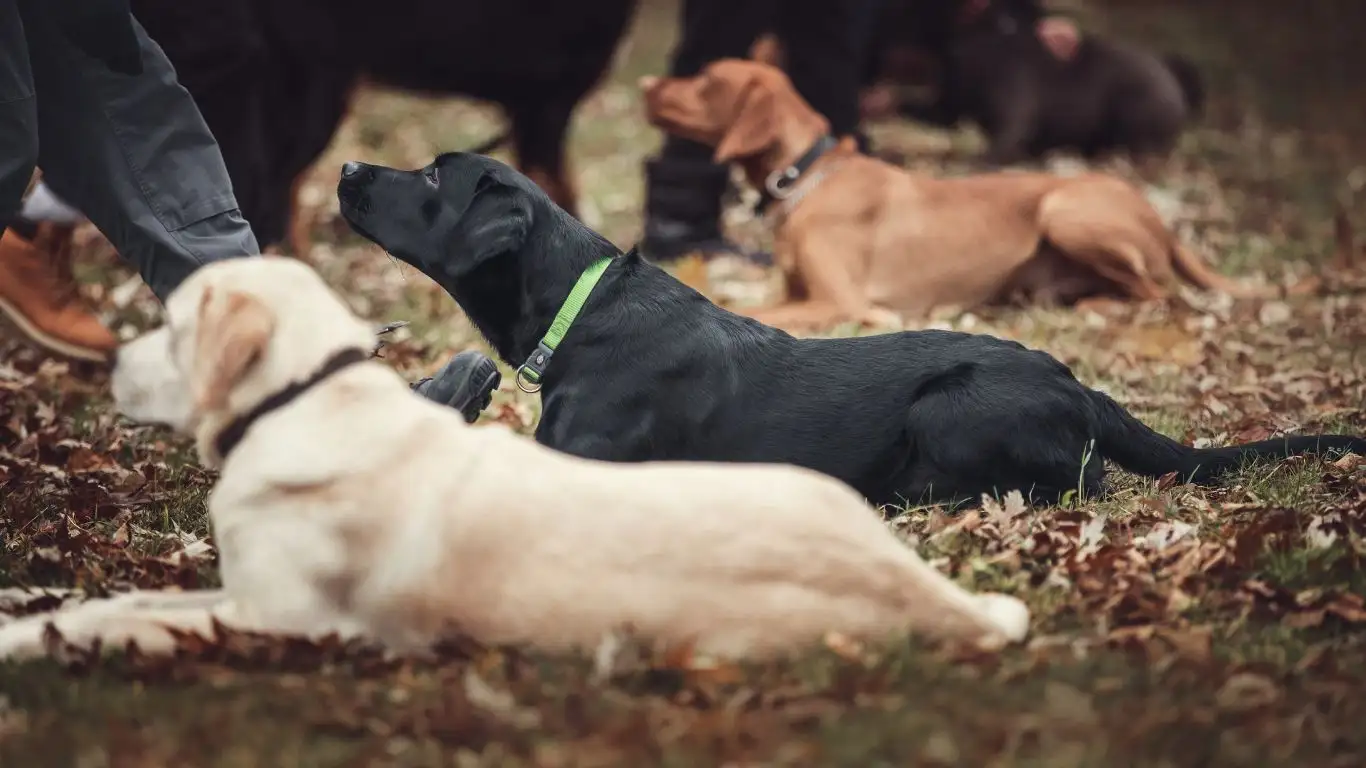
Over the years, I’ve found that certain tools can really complement your training efforts. While no gadget or gizmo replaces good old-fashioned training and attention, these can speed up progress or help manage the environment better.
Leashes and Tethers for Controlled Freedom
If your yard is a tempting digging ground, consider using a long leash or tether while your dog is outside. This way, you can prevent them from getting to those favorite digging spots without completely restricting their freedom. It also gives you a chance to catch digging early and redirect their behavior.
Motion-Activated Sprinklers
These nifty devices activate a harmless spray of water when motion is detected and can be very effective in discouraging dogs from digging in specific areas. From my experience, dogs quickly learn to avoid the sprinkler zones. Just be sure to introduce this method gradually so it doesn’t cause unnecessary stress.
Physical Barriers and Yard Modifications
Sometimes, a little landscaping help goes a long way. Placing chicken wire beneath soil in trouble spots, installing raised garden beds, or using decorative rocks can make digging uncomfortable or simply impossible. I’ve seen many owners have great success with these physical deterrents combined with training.
Trusting the Process and Staying Patient
In all my years of working with dogs and their humans, one thing’s crystal clear: training takes time. You won’t see a magic fix overnight, especially when dealing with a behavior as natural and ingrained as digging.
Be patient with your pup—and with yourself. Celebrate small wins, like fewer holes or your dog choosing their digging spot. Remember, your relationship with your dog is a partnership. The more you invest in understanding and kindness, the better your results will be.
And if you ever feel stuck or overwhelmed, reach out to a professional. Trainers, behaviorists, and even veterinarians can offer personalized advice tailored to your dog’s unique personality and needs.
References and Further Reading
- American Society for the Prevention of Cruelty to Animals (ASPCA)
- American Veterinary Medical Association (AVMA)
- Cesar’s Way – Dog Training Resources
- American Gastroenterological Association (for general pet health insights)
Disclaimer
This article is based on my personal experience as a Canine-Assisted Therapy Trainer and general best practices in dog training. Every dog is unique, and behaviors like digging can stem from various causes. It’s important to consult with a qualified veterinarian or certified trainer for personalized advice, especially if your dog’s digging is linked to anxiety or health issues. The information provided here is meant to guide and support, not replace professional care.

